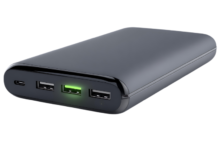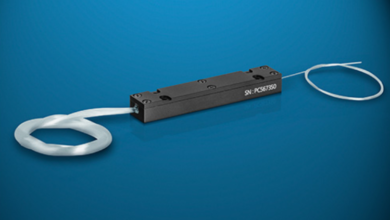Smart Home, Smart Living: How Tech Is Transforming Home Upgrades

In the technologically advanced world of today, convenience is expected rather than a luxury. Smart technology is changing our homes, just like real-time apps and algorithms changed online betting. As more homes use linked gadgets to streamline routines, increase comfort, and boost productivity, the idea of a “smart home” has progressed from novelty to need.
The idea of a smart house is no longer just a pipe dream. It is quickly taking over as the norm for contemporary living. Voice-activated lights and fridges that manage grocery lists show how tech blends into daily life. These improvements change how homes function and how people use their living spaces.
The increasing use of home automation systems is at the heart of this change. Users can control nearly everything around them. They can use voice commands or smartphone apps. Platforms like Google Home, Amazon Alexa, and Apple HomeKit make this easy. You can control the thermostat, lock doors, change the lights, and start your vacuum—all from your chair. This control saves time and energy. It also makes daily tasks easier.
Many people choose smart lighting as their first upgrade when improving their homes. Users can change the color temperature and brightness according to the activity, mood, and time of day. Some systems can mimic your presence or simulate sunlight when you’re away from home. This helps you wake up more naturally. The end effect is a more user-friendly and energy-efficient lighting configuration.
Smart technology has significantly improved home security. Homeowners can now watch their property from anywhere. They can use devices like motion sensors, remote locks, and video doorbells. These systems allow you to react instantly in addition to warning you when something strange occurs. You can talk to guests or delivery drivers even while you’re not home thanks to some models’ two-way audio. In addition to providing protection, these features give users a sense of comfort and control that was rarely available with conventional security systems.
Some of the most remarkable developments have been in heating and cooling systems. Smart thermostats like Nest and Ecobee can learn your daily routine and preferred temperature. They gradually change settings on their own to optimize comfort and save energy. Months after installation, many users claim appreciable utility cost savings. After a long day, you can come home to a warm or cool space. These gadgets let you adjust the temperature from afar.
Smart kitchen equipment are revolutionizing the way people purchase, cook, and clean. Your phone can be used to preheat your oven, send you a reminder when your milk is low, or send you an alert when your dishwasher cycle is finished. Calendars, cooking apps, and entertainment screens are even integrated into certain refrigerators. These features are not only impressive—they are utilitarian and meant to simplify daily life.
Smart homes also offer helpful solutions for those with chronic illnesses or limited mobility. With automation, controlling the climate, doors, appliances, and lights requires less manual labor. Voice-activated systems and programmed routines help elderly or disabled people gain independence. Installing sensors can add extra security. They alert caretakers to unusual behavior or movement patterns.
Systems for entertainment have also changed. Stream video from any provider. You can also sync music across rooms. Plus, customize settings for parties or movie nights with a connected setup. Your favorite material starts to play. The lights dim, and your speakers adjust with just a few commands. It transforms your house into a very adaptable, responsive space that suits your tastes and routines.
In this interconnected world, privacy and cybersecurity are crucial factors to take into account. There is always a chance of breaches or misuse when more devices are gathering and sending data. Better encryption, two-factor authentication, and frequent software upgrades are how top manufacturers are tackling this. Homeowners can protect their networks. They should use secure passwords and keep their devices updated.
Another thing to think about when designing a smart home is compatibility. Choosing a core ecosystem can prevent tech issues. Not all devices work well together. Choosing the right platform makes for easy integration and a great user experience, whether you like Google, Amazon, or Apple.
Although cost is frequently an issue, there are a range of price points for smart home modifications. Easy and reasonably priced upgrades include light bulbs, smart plugs, and entry-level speakers. Larger systems, like climate control or integrated security, may cost more upfront. But, the long-term savings and convenience can make it worth it.
Scalability is one of the best features of smart home technology. You don’t have to change your residence completely in a single day. Most people begin with a single room or gadget and then add more as their comfort and demands increase. Over time, this method enables customization and incremental improvement.
Future homes will be increasingly more flexible and user-friendly as technology develops further. Building new or remodeling an existing space? Adding smart features makes life easier and more thoughtful, not just an upgrade. Stylish devices are not the main focus of smart homes. Their goal is to live more comfortably, intelligently, and well than ever before






